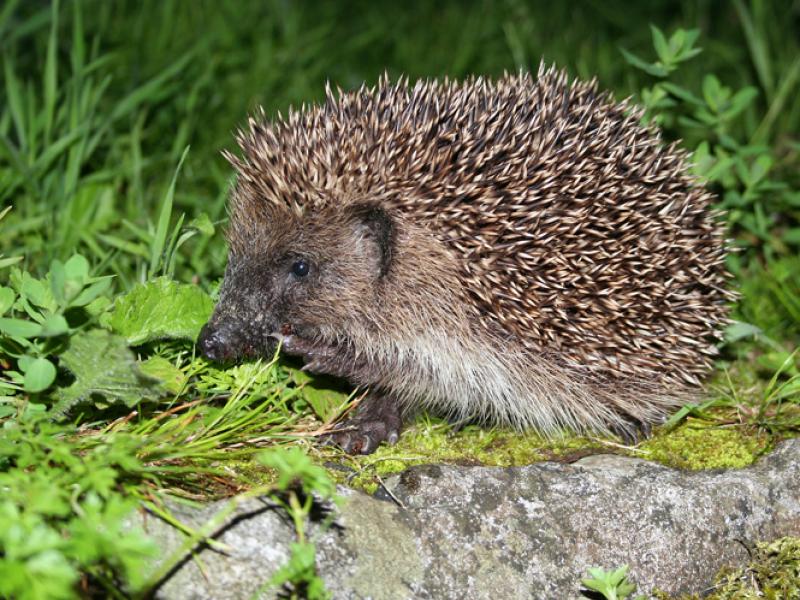Lutra 53(1)_Camphuysen et al_2010

Mammalian prey in Laridae: increased predation pressure on mammal populations expected
The occurrence of mammalian prey in the diet of two species of large gulls, the herring gull (Larus argentatus) and the lesser black-backed gull (Larus fuscus), was investigated in order to quantify and compare the predation on mammals in coastal and inland colony sites. Specialised coastal nesting birds and a majority of individuals in an inland colony were found to feed on mammals frequently. The encountered mammalian prey included western hedgehogs (Erinaceus europaeus), shrews (Soricidae), voles (Cricetidae: Arvicolinae), mice (Muridae), moles (Talpa europaea), brown rats (Rattus norvegicus), rabbits (Oryctolagus cuniculus) and common brown hares (Lepus europaeus). Most mammalian prey may have been obtained on inland fields, during farming activities, some may have been captured within the colonies, and some were scavenged at roadsides. Many coastal mainland colonies of gulls have recently collapsed as a result of persistent predation by red foxes (Vulpes vulpes). In addition, gulls breeding along the coast in the Netherlands increasingly suffer from shortages of food (mostly marine fish and intertidal invertebrates) during chick-rearing in recent years. Inland breeding became more frequent and will further increase as a result of both factors, so that the gulls are expected to increasingly include mammals in their diet.



